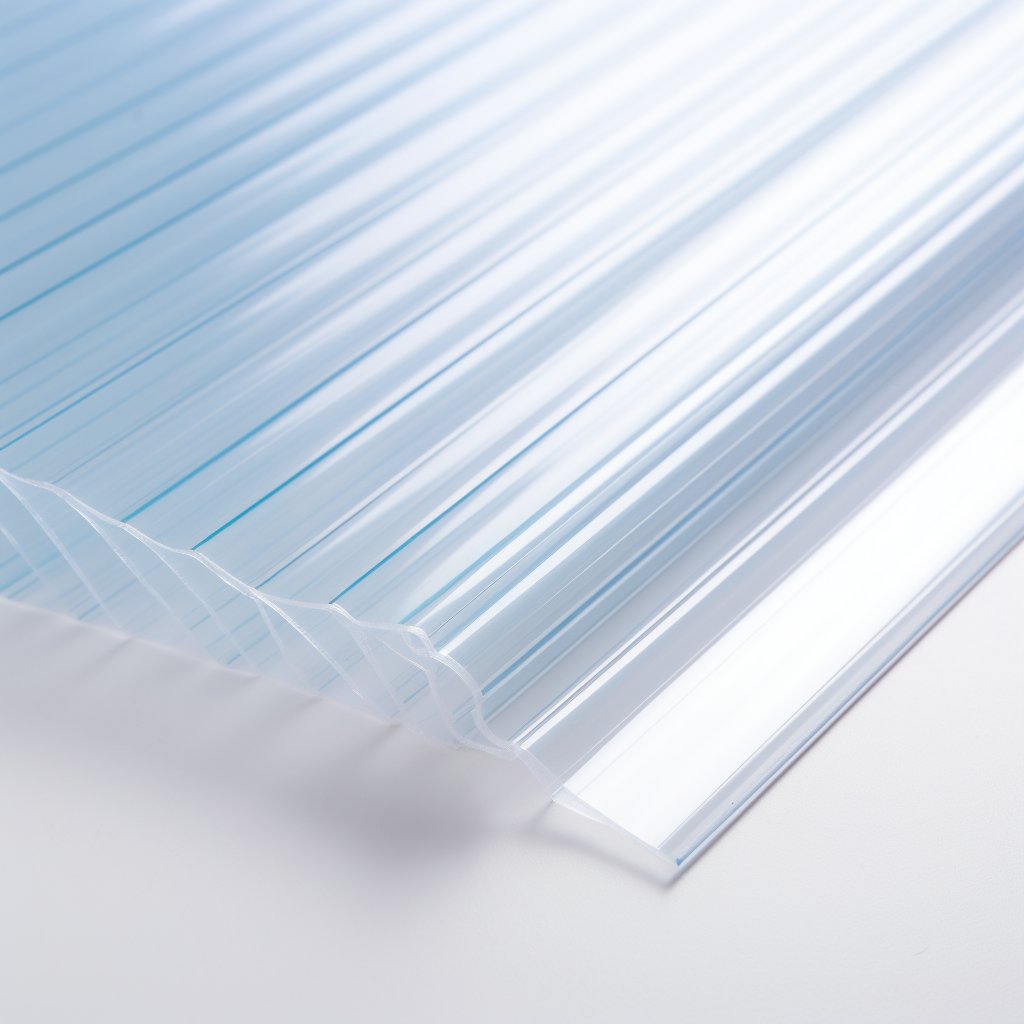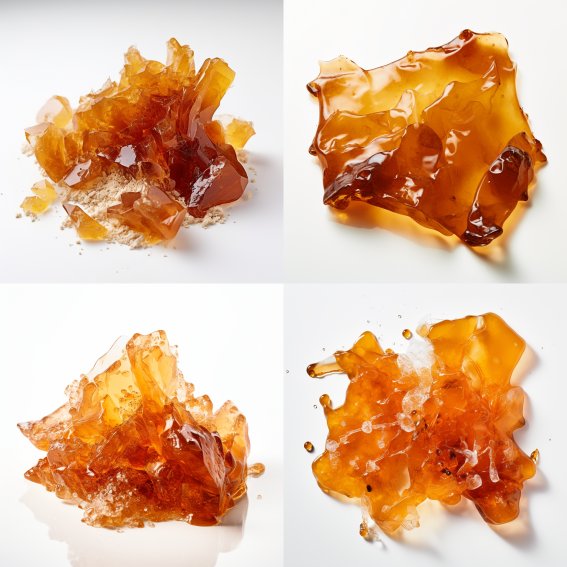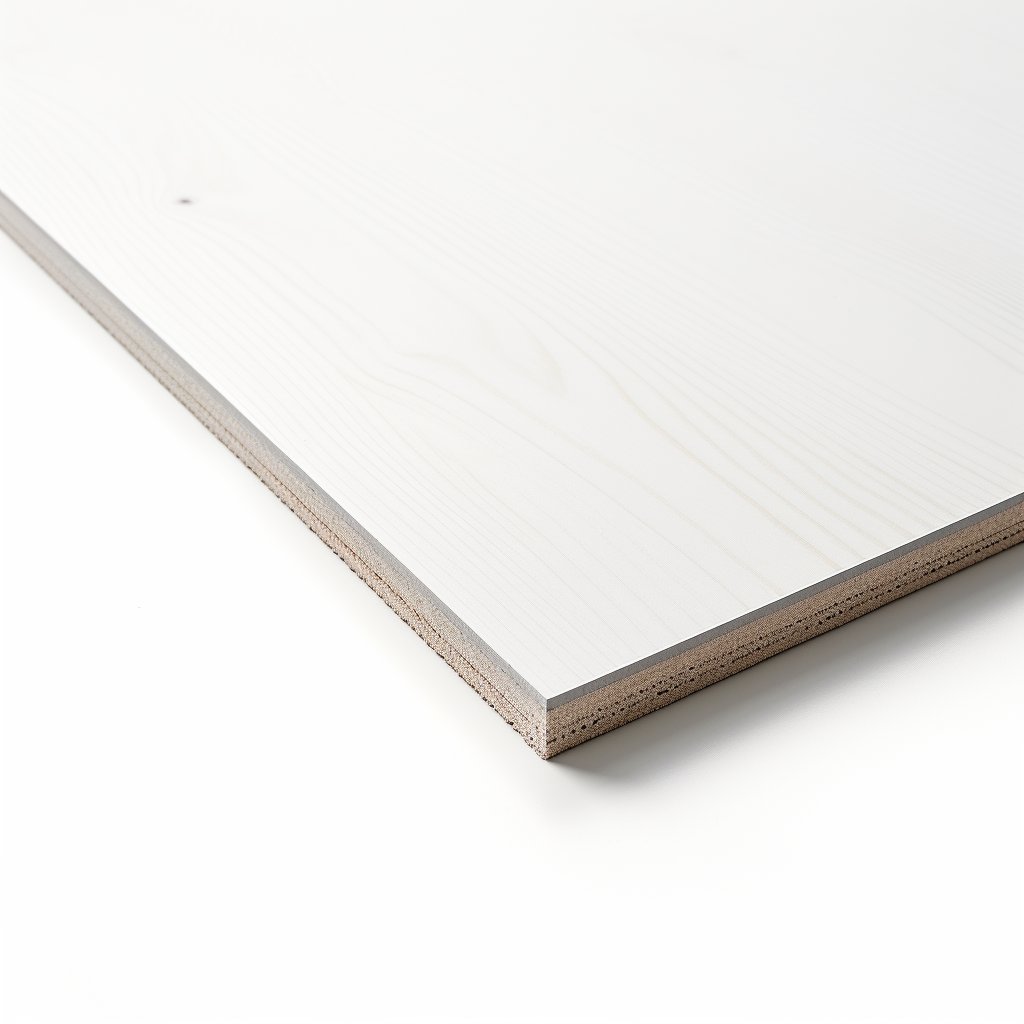Elastane, also known as Spandex, is a synthetic fibre known for its exceptional elasticity and stretchability. It has become an essential material in many industries, particularly in the production of sportswear and underwear. However, its non-biodegradable nature and difficulty in recycling have raised concerns about its impact on the environment. In this article, we will explore the properties, history, industrial usage, application areas, consumer product examples, advantages and disadvantages, recycling methods, market price developments, and future market prognosis of Elastane / Spandex. This article is intended for professionals working in the plastics and recycling industries, as well as university students interested in learning more about this unique and versatile material.
Elastane was first developed in the late 1950s by DuPont, a chemical company based in the United States. It was originally known as Lycra, a trademarked name for the fibre. Spandex is used mainly in North America, while Elastane is more commonly used in Europe and other parts of the world.

What is Elastane/Spandex?
Elastane or Spandex is a synthetic polymer that is made up of at least 85% of segmented polyurethane. It is a fibre that can be stretched up to 600% without breaking or losing shape. It is lightweight, durable, and can withstand high temperatures. It is also resistant to abrasion, chemicals, and UV light.
Industrial Usage of Elastane/Spandex
Elastane is used in various industries due to its unique properties. In the plastics industry, it is used as a component in a wide range of products, including films, adhesives, coatings, and sealants. In the recycling industry, it is used to produce recycled plastics. It is also used in the production of medical textiles, such as compression stockings and surgical garments, due to its elasticity and ability to maintain its shape.
Application Areas of Elastane/Spandex
Elastane is used in various application areas, including sportswear, lingerie, swimwear, and hosiery. In sportswear, it is used to provide a comfortable and supportive fit while also allowing for a full range of motion. In lingerie and swimwear, it is used to create a form-fitting, stretchy, comfortable, and supportive fabric. In hosiery, it is used to create a durable and elastic material that can withstand wear and tear.
Consumer Product Examples of Elastane/Spandex
Elastane is used in a wide range of consumer products, including athletic wear, swimsuits, leggings, tights, socks, and underwear. In athletic wear, it is used to create form-fitting garments that provide support and comfort during exercise. In swimsuits, it is used to create a stretchy fabric that can withstand the harsh chemicals found in swimming pools. In leggings, tights, and socks, it is used to create a durable and elastic material that can withstand frequent use and washing. In underwear, it is used to create a form-fitting and supportive garment that is both comfortable and long-lasting.
Advantages and disadvantages on Elastane
Advantages:
- Exceptional elasticity and stretchability, which makes it ideal for use in products that require a tight and comfortable fit, such as sportswear and underwear.
- Durable and resistant to wear and tear, making it suitable for use in products that undergo frequent use and washing, such as socks and hosiery.
- Lightweight, making it ideal for use in products that require a lightweight and breathable fabric, such as sportswear and swimwear.
- Resistant to chemicals, making it ideal for use in products that are exposed to harsh chemicals, such as swimming pools.
Disadvantages:
- Elastane/Spandex is not biodegradable, which can contribute to environmental pollution when not disposed of properly.
- Elastane/Spandex is difficult to recycle due to its unique properties, which makes it difficult to incorporate into other plastic products. This can contribute to the problem of plastic waste.
- Elastane/Spandex is more expensive than other synthetic fibres, which can increase the cost of products that use it.
Recycling of Elastane/Spandex
Elastane/Spandex is not easily recycled due to its unique properties. However, there are some efforts to develop recycling methods for this material. One of the methods involves using solvents to dissolve the material, which can then be separated into its individual components and reused. Another method consists in using enzymes to break down the material, which can then be used to create new products.
Recycling Elastane / Spandex is challenging due to its unique properties, such as its high elasticity and durability. However, some efforts have been made to develop recycling methods for this material.
Process for recycling:
The most common method used to recycle Elastane / Spandex involves dissolving the material in a solvent. This process is called dissolution recycling. The solvent dissolves the Elastane / Spandex, leaving behind any other materials that may have been blended. The dissolved Elastane / Spandex can then be separated from the solvent and used to create new products.
Advantages:
Recycling Elastane / Spandex can help to reduce the amount of waste sent to landfills, which can have a positive environmental impact. It can also reduce the need for virgin materials, which can help to conserve natural resources. Recycling can also help create a more sustainable supply chain for Elastane / Spandex.
Disadvantages:
One of the main disadvantages of recycling Elastane / Spandex is the difficulty of the process. Dissolving the material requires solvents, which can be expensive and have negative environmental impacts. Additionally, recycling Elastane / Spandex is less efficient than recycling other materials, such as polyester, due to the complexity of the process.
Environmental and Global Impact:
The non-biodegradable nature of Elastane / Spandex means that it can contribute to environmental pollution if not disposed of properly. Recycling this material can help to reduce this pollution, but the process must be done in an environmentally responsible way. The global impact of Elastane / Spandex recycling is still relatively small, but it has the potential to grow as more efforts are made to develop and implement recycling technologies.
Market Price Developments and Future Market Prognosis
The market price of Elastane/Spandex has been volatile in recent years due to changes in demand, fluctuations in raw materials, and global economic conditions. The COVID-19 pandemic has also impacted the market, with some sectors experiencing a decline in demand while others have seen an increase.
Looking to the future, the market for Elastane/Spandex is expected to continue to grow due to its unique properties and increasing demand for stretchy and form-fitting fabrics. However, concerns about plastic waste and environmental pollution may lead to increased efforts to develop recycling methods for this material, as well as to explore alternatives to traditional plastics.
Elastane/ Spandex:
Elastane / Spandex is a unique and versatile material that has revolutionised the textile industry. Its exceptional elasticity and durability have made it a popular choice for various products, from sportswear and swimwear to medical devices and home furnishings. However, its non-biodegradable nature and difficulty in recycling have raised concerns about its environmental impact.
Recycling Elastane / Spandex is a challenging process, but it is an essential step towards creating a more sustainable supply chain for this material. Despite the challenges, there is a growing need for more efficient and environmentally responsible recycling methods for Elastane / Spandex.
Elastane / Spandex is a synthetic fibre that has become an essential material in many industries, particularly in the production of sportswear and underwear. While it offers exceptional elasticity and durability, there are some things that could be improved to using this material. One primary concern is its non-biodegradable nature, which harms the environment. Another challenge is the need to recycle it efficiently.






